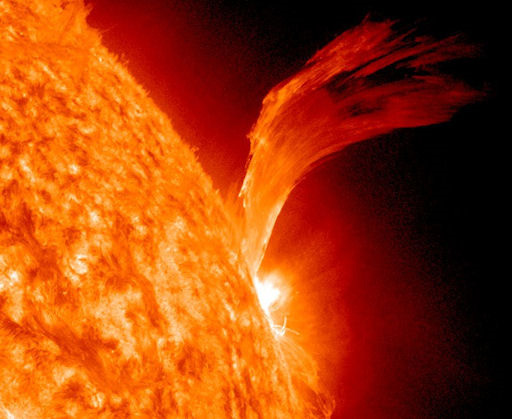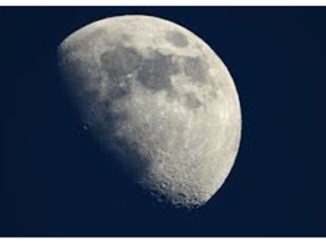
WASHINGTON (TIP): Using NASA‘s Kepler Space Telescope and its extended K2 mission, astronomers have discovered a newborn fully-formed exoplanet –planets that orbit stars beyond our Sun — ever detected around a young star.
The newfound planet named K2-33b is a bit larger than Neptune and whips tightly around its star every five days.
It is only five to 10 million years old, making it one of a very few newborn planets found to date.
“Our Earth is roughly 4.5 billion years old. By comparison, the planet K2-33b is very young. You might think of it as an infant,” said led researcher Trevor David from California Institute of Technology (Caltech).
Astronomers have discovered and confirmed roughly 3,000 exoplanets so far. However, nearly all of them are hosted by middle-aged stars, with ages of a billion years or more.
“The newborn planet will help us better understand how planets form, which is important for understanding the processes that led to the formation of the Earth,” added co-author Erik Petigura from Caltech.
The first signals of the planet’s existence were measured by K2. The telescope’s camera detected a periodic dimming of the light emitted by the planet’s host star, a sign that an orbiting planet could be regularly passing in front of the star and blocking the light.
“Initially, this material may obscure any forming planets, but after a few million years, the dust starts to dissipate,” said co-author Anne Marie Cody, a NASA postdoctoral programme fellow.
A surprising feature in the discovery of K2-33b is how close the newborn planet lies to its star. The planet is nearly 10 times closer to its star than Mercury is to our sun, making it hot.
While numerous older exoplanets were found orbiting very tightly to their stars, astronomers have long struggled to understand how more massive planets like this one wind up in such small orbits.
Some theories propose that it takes hundreds of millions of years to bring a planet from a more distant orbit into a close one and, therefore, cannot explain K2-33b which is quite a bit younger.
K2-33b could have migrated there in a process called disk migration that takes hundreds of thousands of years.
Or, the planet could have formed “in situ” — right where it is.
The discovery of K2-33b, therefore, gives theorists a new data point to ponder.
“The question we are answering is: Did those planets take a long time to get into those hot orbits or could they have been there from a very early stage? We are saying, at least in this one case, that they can indeed be there at a very early stage,” David noted in a paper appeared in the journal Nature.





Be the first to comment